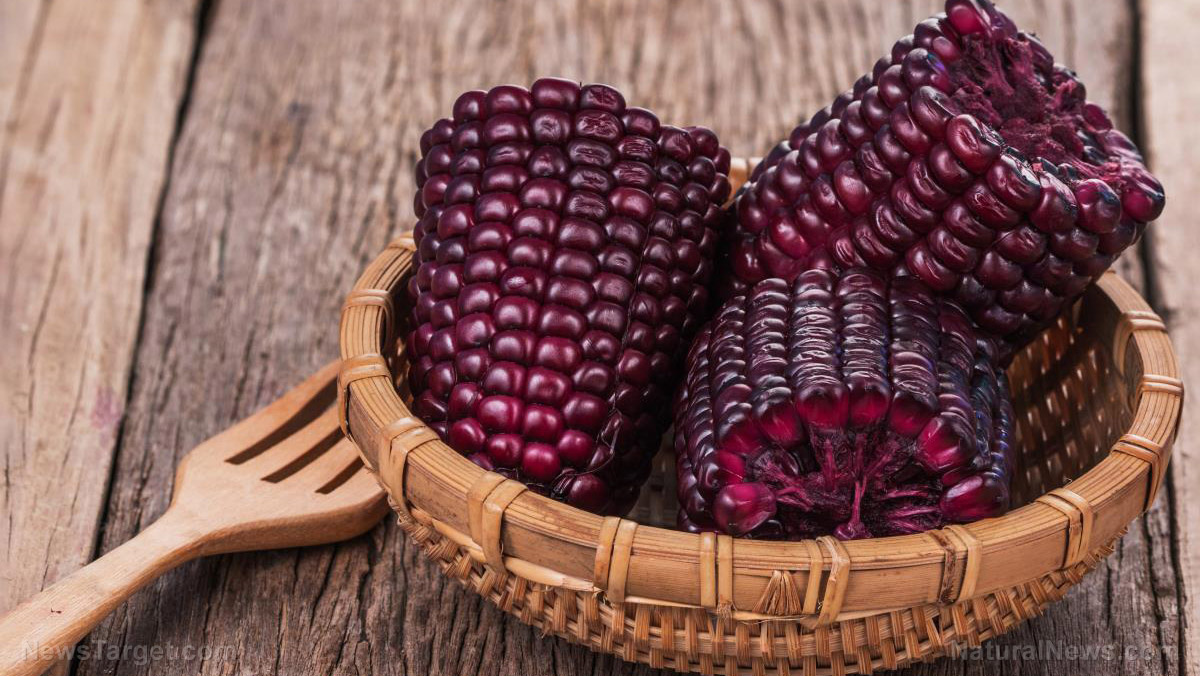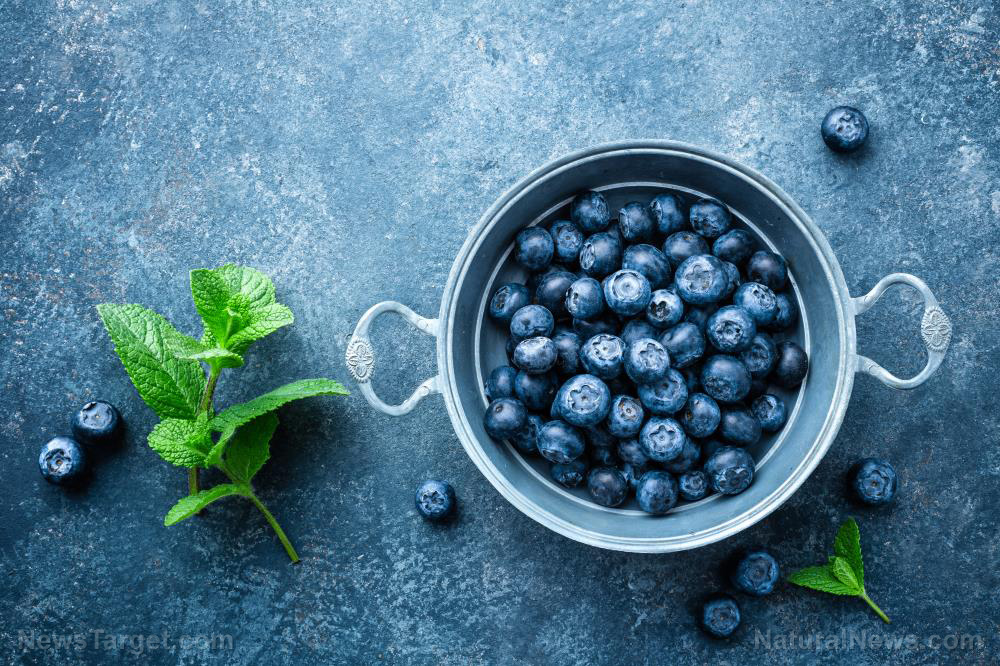
Sexual dysfunction remains a considerable problem in the modern world. The term pertains to a wide range of conditions that affect a person's ability to engage in sexual activity or to derive pleasure from it. According to studies, 43 percent of women and 31 percent of men suffer from at least one form of sexual dysfunction. The statistics differ once the specific health issues are taken into account.
For instance, hypoactive or low sexual desire has been reported in about 30 percent of women and 15 percent of men. Sexual pain disorders, on the other hand, affect 10 to 15 percent of women and five percent of men.
Since ancient times, aphrodisiacs have been used to remedy various forms of sexual dysfunction. According to the authors of the study, aphrodisiacs can be classified into three types depending on their mode of action: those that increase libido (such as increasing sexual desire or arousal), those that increase sexual potency (such as enabling erections), and those that enhance sexual pleasure.
Apart from its uses as an aphrodisiac, purple corn has also been used by ancient Mexicans as a treatment for urinary conditions, thanks to its ability to induce urination. The researchers believe that its mode of action as an aphrodisiac is related to this – it stimulates the expression of sexual behavior, particularly, ejaculation.
To test their study, they created an animal model composed of two groups of male rats: a copulating group and an anesthetized group whose spinal cords had been transected beforehand. They then recorded the animals' copulatory behavior prior to and after the administration of three doses of purple corn extract (25, 50, and 75 mg/kg).
The authors noted that in the control group, the administration of purple corn extract did nothing to affect the number of times, as well as the length of time the rats spent mounting females. The extracts did, however, increase the number of times the rats penetrated females. After being given the extract, the animals also needed less time to ejaculate.
By studying the rats with the transected spinal cords, the researchers determined that the extracts had a direct effect on genital motor patterns. Transection effectively severs the connection between the brain and the bodily organs below the injury, which means that the actions of the animals' genitals were no longer controlled by their brain. The extract, however, was able to increase the number of discharges of the ejaculatory motor patterns, as well as the genital motor patterns in the rats with the injured spine.
For the researchers, their findings are solid proof of the aphrodisiac properties of purple corn extract.
Health benefits of purple corn
Yellow corn and purple corn belong to the same species, but the latter has a deep dark color that indicates the presence of health-boosting plant pigments called anthocyanins. These phytochemicals are being linked to a number of health benefits, including:
- Fighting inflammation – The particular anthocyanin found in purple corn fights inflammation and lowers one's risk of developing inflammation-related diseases.
- Losing weight – Anthocyanins aids in weight loss and maintains optimal health by decreasing your risk of hyperglycemia and insulin resistance.
- Battling cancer – Studies have proven that purple corn extract can kill up to 20 percent of in vitro cancer cells while leaving healthy tissues in the surrounding area unharmed. (Related: The Healing Properties of Purple Corn.)
Learn about natural treatments for various conditions at Remedies.news.
Sources include:
Please contact us for more information.























